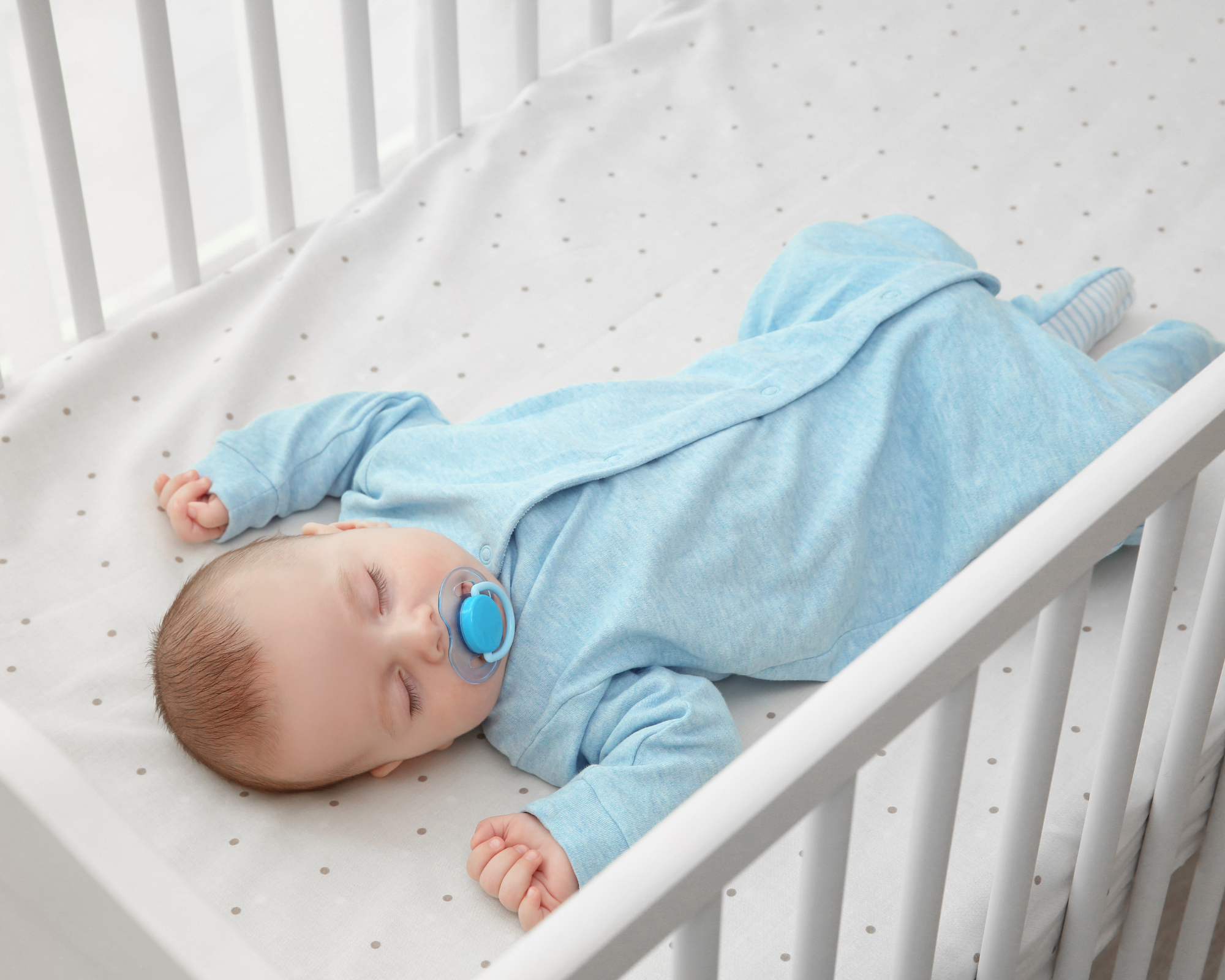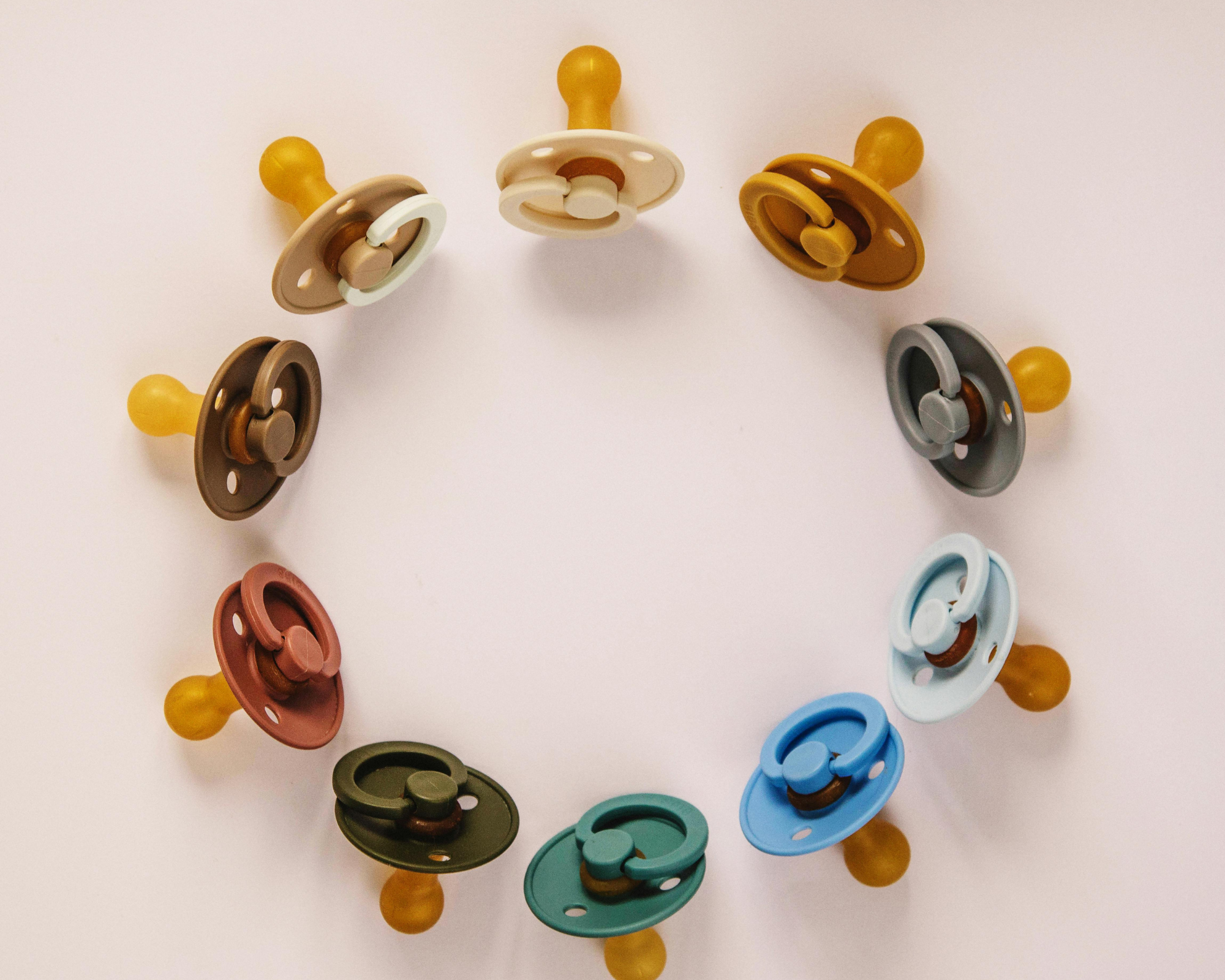The Pacifier Guide: Pros, Cons & Saying Goodbye Gently
Pacifiers. Binkies. Soothers. Whatever your family calls them, these tiny tools can bring big comfort to babies and a much-needed break for caregivers. But just like all things in parenting, pacifier use comes with pros and cons. Whether you’re deciding if your baby should start using one, wondering when to wean, or navigating concerns like speech or dental impact, we’ve got you covered.
Let’s walk through the pacifier journey, from the early days of soothing to the sweet, gentle goodbye.
The Pros of Pacifier Use
Soothing Comfort
Pacifiers provide non-nutritive sucking, which helps babies self-soothe. This can be a game changer for naps, bedtime, car rides, or stressful transitions.Sleep Support
Some studies suggest that pacifier use during sleep can reduce the risk of SIDS (sudden infant death syndrome), especially in the first 6 months.Distraction During Stressful Moments
Whether it's vaccinations, flights, or long waits, a pacifier can help ease discomfort and anxiety.Easier Weaning Than Thumb-Sucking
You can eventually take a pacifier away. A thumb, not so much.
The Cons of Pacifier Use
Possible Impact on Breastfeeding
Introducing a pacifier too early (before breastfeeding is well established, usually around 3 to 4 weeks) might cause nipple confusion or reduce the frequency of feedings.Dental Concerns
Long-term use beyond toddler years can lead to alignment issues or bite problems. The American Dental Association recommends weaning by age 2 to minimize potential impacts.Speech Development Risks
If a child has a pacifier in their mouth often during the day, it might reduce opportunities for babbling, imitating sounds, and early speech development.Dependency and Sleep Interruptions
If your child wakes frequently at night needing a pacifier to fall back asleep, it can be more disruptive than helpful.
When and How to Wean a Pacifier Gently
There’s no one-size-fits-all answer, but many pediatricians suggest beginning the weaning process between 6 months and 2 years, depending on your child’s needs and development.
Gentle Weaning Tips:
Start Slow
Reduce pacifier use gradually, beginning with limiting it to sleep times or stressful moments only.Use a Lovey or Comfort Object Instead
Help your child bond with a small blanket or stuffed animal for comfort.Create a Goodbye Ritual
Some families “mail” the pacifiers to a baby fairy or trade them in at a toy store. Rituals like these can provide closure and mark a new milestone.Offer Extra Comfort and Reassurance
During the weaning process, your little one might need more cuddles or calm time. That’s okay. It’s a big transition.
Things to Watch For
Speech Delays
If your child is using a pacifier during the day after age 2, consider checking in with a speech-language pathologist. Some children benefit from an early evaluation, especially if words and sounds seem delayed.Dental Alignment
Talk to your pediatric dentist if you notice changes in your child's bite or teeth spacing. Many are happy to advise on pacifier use and weaning support.Ear Infections
Some research links frequent pacifier use to an increased risk of ear infections, especially in children over 6 months old.
Helpful Resources
The Silver Lining
At Silver Lining, we know pacifiers are more than just plastic and silicone. They represent comfort, sleep, calm, and sometimes a moment of peace in a long day of parenting.
We’re here to support you through every stage of early childhood. Whether you’re navigating newborn life with a postpartum doula, building routines with a nanny, or looking for guidance as your child grows and changes, our team is here to help you find your silver lining.
Need help with transitions like pacifier weaning or toddler sleep? Our sleep education consultant brings experience, empathy, and encouragement into your home.
Let’s help your child say goodbye to the binkie with confidence—and a little extra support.



